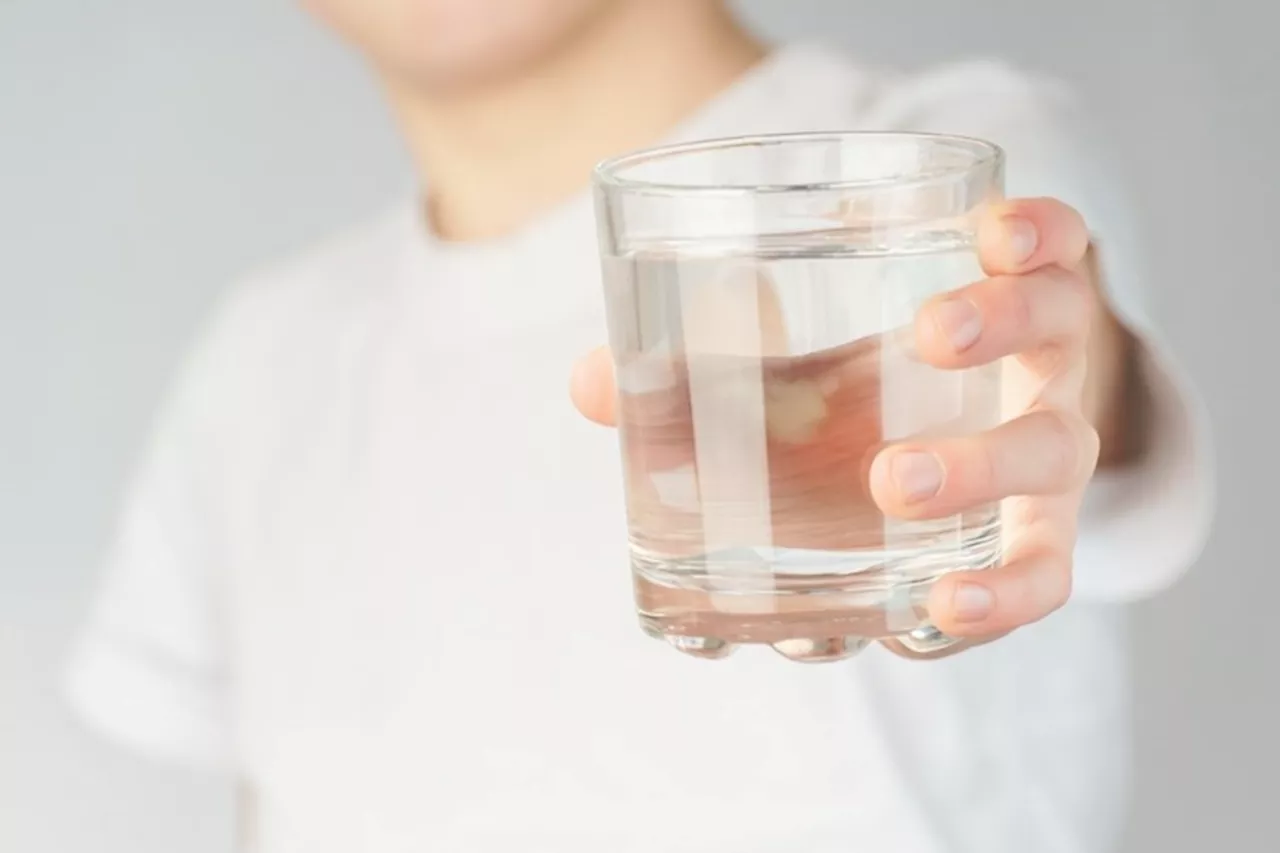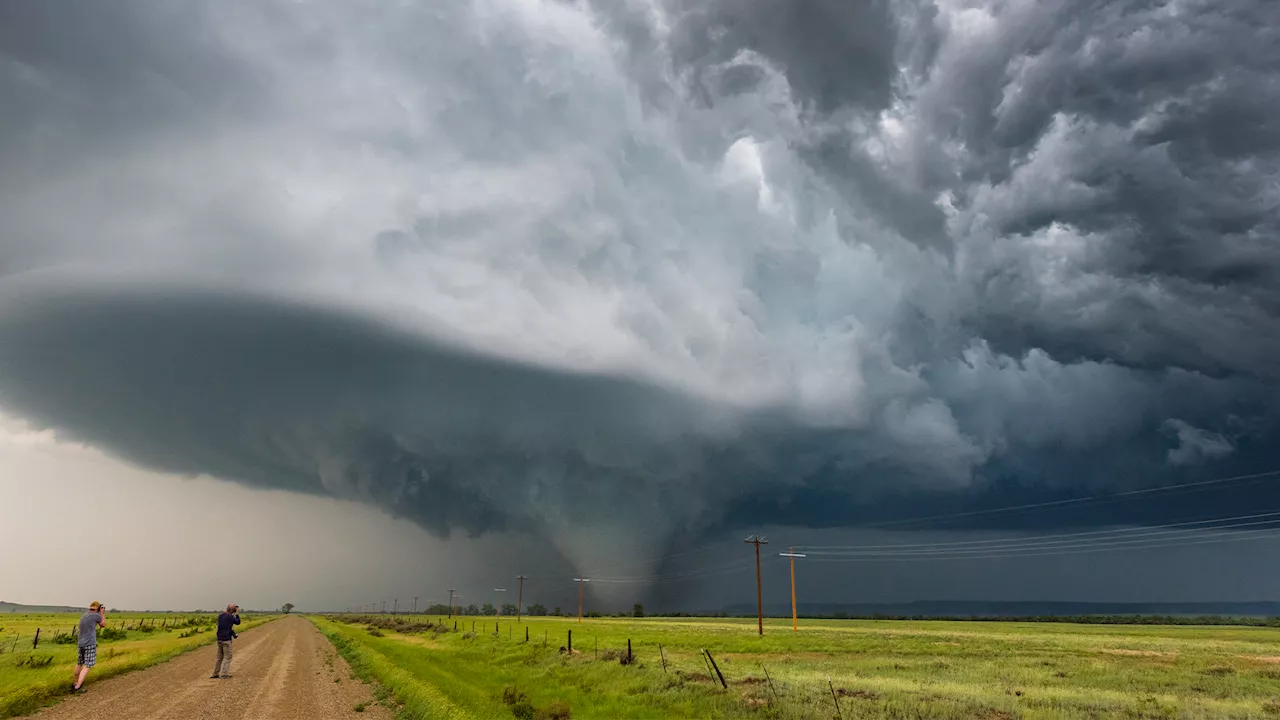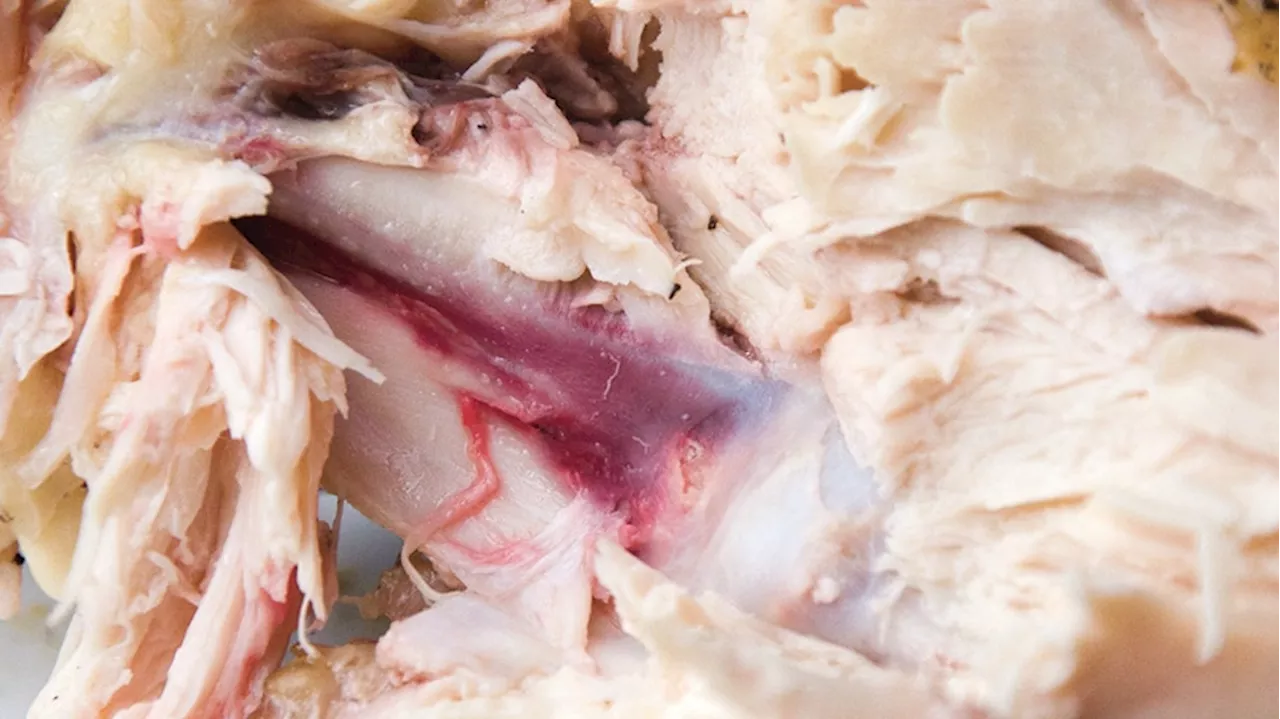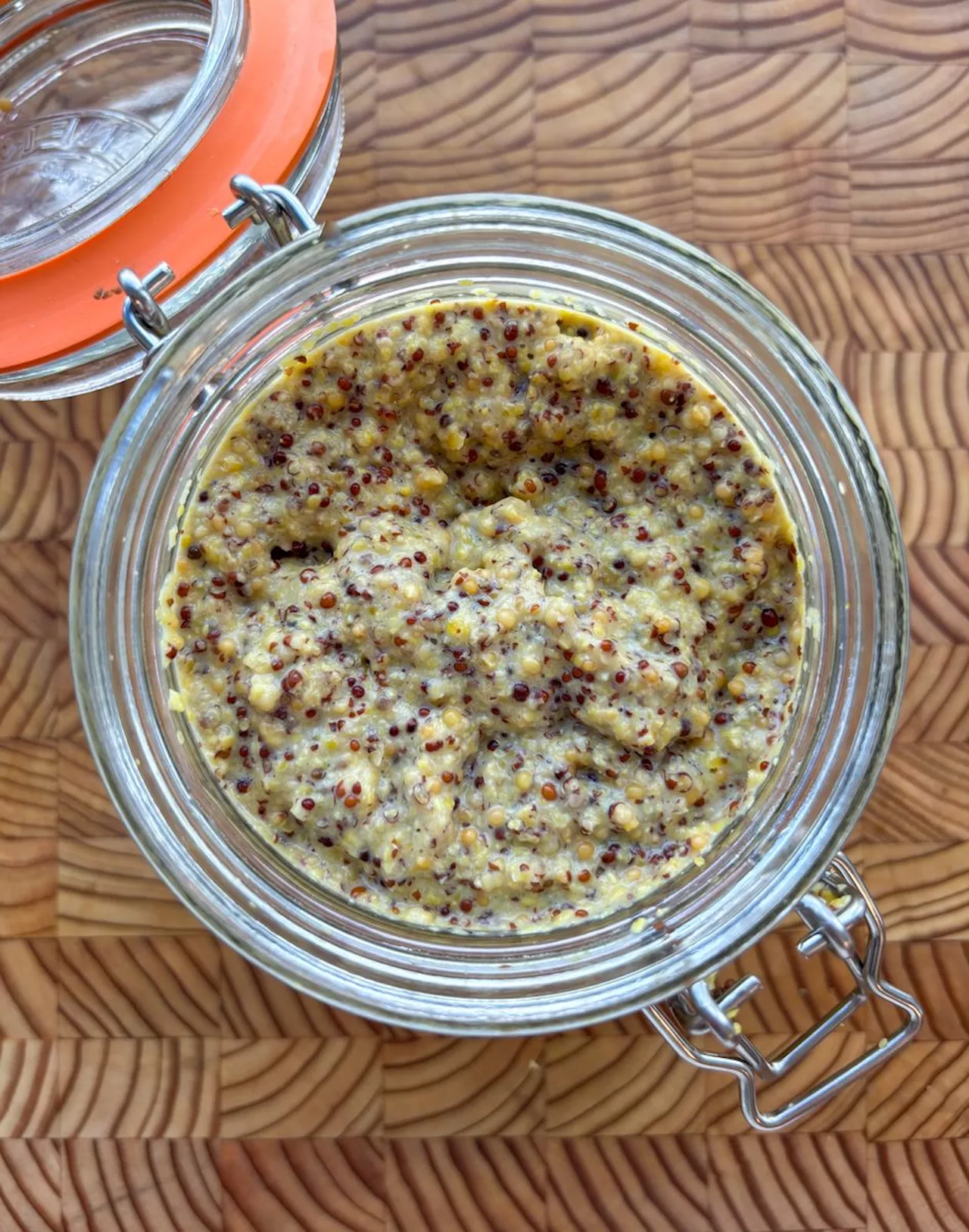Discover the surprisingly simple process of making your own mustard at home. Learn about the chemical reactions that create its signature spicy flavor and how to customize your mustard to your liking.
Real talk: There’s nothing wrong with buying your favorite brand of whole grain dijon or that electric yellow squeeze bottle, but making your own mustard is surprisingly simple—and even a little fun. I go through the condiment at what some would consider to be an alarming rate, so I started to wonder if it would be more economical for me to make my own.
Turns out, all you need to do is soak mustard seeds in a liquid (water, wine, or beer will do), add a little salt, vinegar, and blend! Once the mixture sits for a few days, it’s ready to go. Easy, right?I think part of the reason I’ve never thought to make my own before is that those whole mustard seeds in your pantry don’t seem to smell or taste much like the final product at all. It’s hard to imagine how these little unassuming seeds become the spicy, bracingly acidic condiment that we know and love. It feels like magic. But it’s not magic, of course, it’s science. All you need to make it is whole mustard seeds and water. Using a more flavorful liquid, like wine or beer, also works, but they’re not necessary. The fundamental chemical reaction that makes mustard taste spicy occurs between the seeds and a liquid.Mustard seeds contain glucosinolates. These are pungent, sulphurous compounds that serve as a defense mechanism for the plant to protect from pests. Humans, however, remain undeterred. In fact, as evidenced by the popularity of capsaicin-producing chili peppers, we love this kind of thing. These glucosinolates are relatively inert until you soak and grind them up. This process releases enzymes, creating that spicy flavor. Voila! Why am I getting so science-y? Because understanding the basic process can help you make some adjustments based on how you want your preferences. For instance, soaking the seeds in cold water will create more enzymatic activity, resulting in a spicier mustard
FOOD RECIPES MUSTARD SCIENCE DIY
United States Latest News, United States Headlines
Similar News:You can also read news stories similar to this one that we have collected from other news sources.
 ‘Trust in science’: What the World Science Forum taught usThe 11th World Science Forum highlighted science's vital role in tackling global challenges through collaboration, transparency, and ethical responsibility.
‘Trust in science’: What the World Science Forum taught usThe 11th World Science Forum highlighted science's vital role in tackling global challenges through collaboration, transparency, and ethical responsibility.
Read more »
 Washington Post admits science behind puberty blockers and hormones for minors not clearThe Washington Post argued that the benefits of gender-transition for minors have not been completely proven scientifically despite controversy.
Washington Post admits science behind puberty blockers and hormones for minors not clearThe Washington Post argued that the benefits of gender-transition for minors have not been completely proven scientifically despite controversy.
Read more »
 The Science Behind Fluoride: Why It's Important for Healthy TeethThis article explores the benefits of fluoride for dental health. It explains how fluoride strengthens teeth and prevents cavities, highlighting its role in public water systems and dental products. The text also discusses the recommended concentration of fluoride in water and the prevalence of fluoridated water access in the U.S.
The Science Behind Fluoride: Why It's Important for Healthy TeethThis article explores the benefits of fluoride for dental health. It explains how fluoride strengthens teeth and prevents cavities, highlighting its role in public water systems and dental products. The text also discusses the recommended concentration of fluoride in water and the prevalence of fluoridated water access in the U.S.
Read more »
 Chasing storms: The science behind research aircraft and extreme weather forecastingResearch aircraft refine models, while satellites and ground stations provide real-time data for predictions.
Chasing storms: The science behind research aircraft and extreme weather forecastingResearch aircraft refine models, while satellites and ground stations provide real-time data for predictions.
Read more »
 The Science Behind Pink ChickenThis article explores why some cooked chicken remains pink and debunks common myths about blood in poultry. It explains the role of myoglobin in meat coloration and clarifies the difference between pink meat and blood.
The Science Behind Pink ChickenThis article explores why some cooked chicken remains pink and debunks common myths about blood in poultry. It explains the role of myoglobin in meat coloration and clarifies the difference between pink meat and blood.
Read more »
 The Science Behind Hair and Nail GrowthThis article explores the fascinating process of hair and nail growth, from the role of keratin to the different phases of the hair growth cycle. It also delves into why some individuals experience faster growth compared to others.
The Science Behind Hair and Nail GrowthThis article explores the fascinating process of hair and nail growth, from the role of keratin to the different phases of the hair growth cycle. It also delves into why some individuals experience faster growth compared to others.
Read more »
